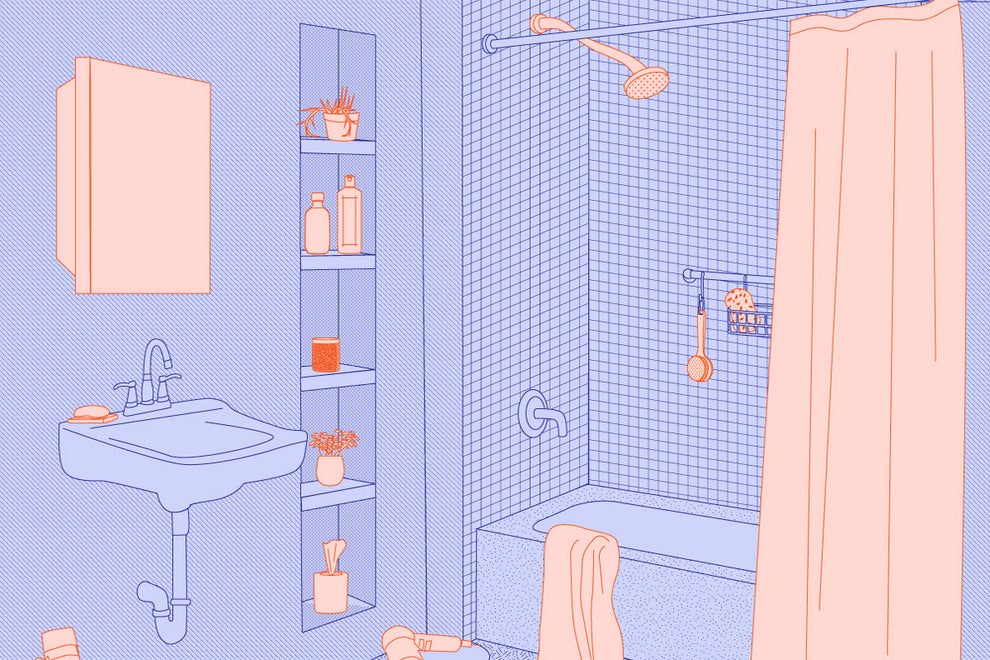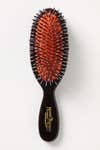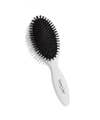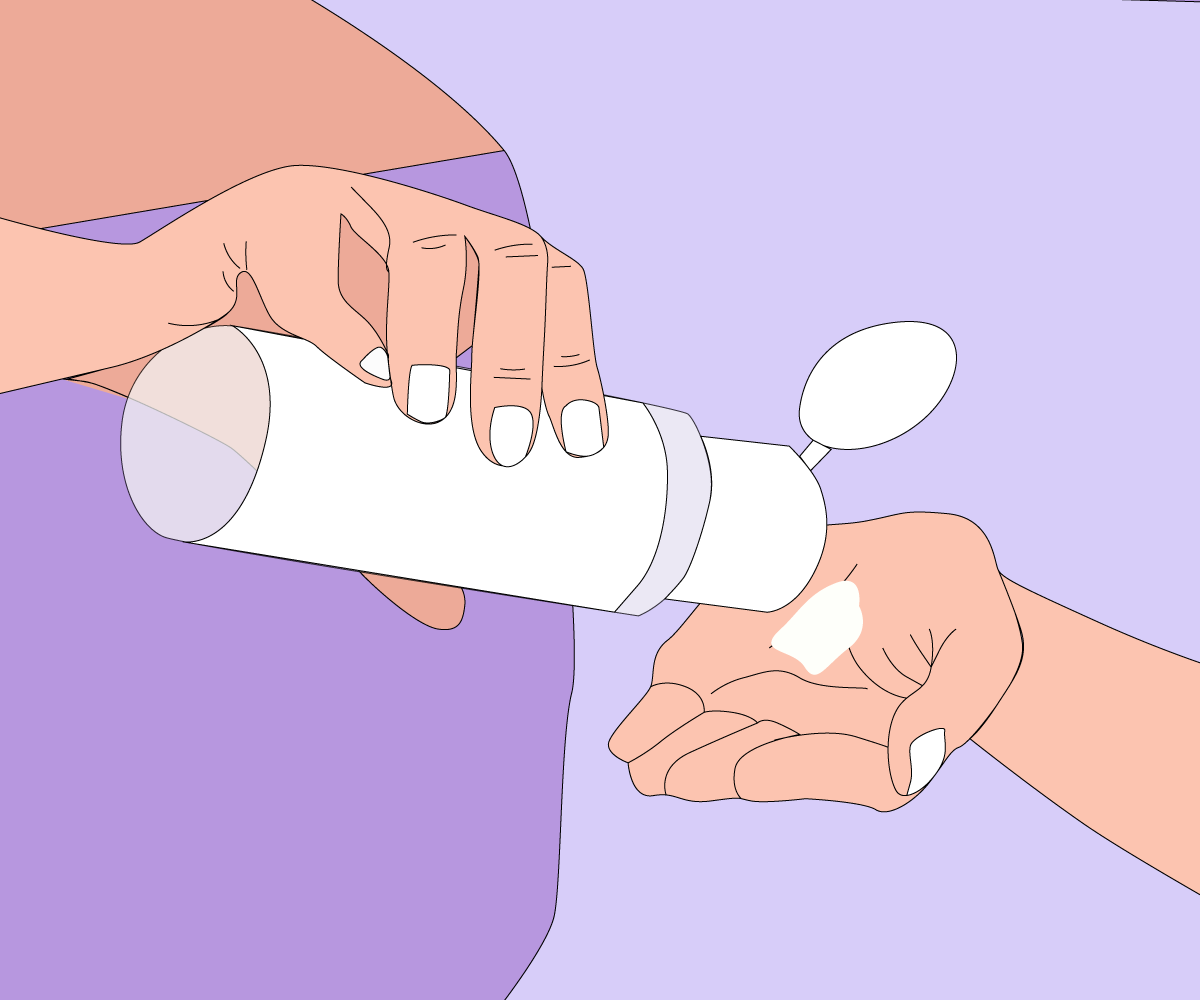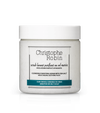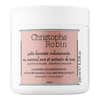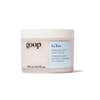The Right (French!) Way to Wash Your Hair
Try these hair washing tips, and you’ll never go back to your old routine.
Updated Jun 22, 2018 9:30 PM
We may earn revenue from the products available on this page and participate in affiliate programs.
Ah, the French, with their baguettes, croissants, and perfectly tousled I-woke-up-like-this hair.
While we don’t have a hack for the bread yet, the good news is, the hair is attainable.
The mystique of the French girl is very real. That effortless look is, not in fact though, without effort. Most French girls we’ve chatted with about this ‘all things French beauty’ obsession and phenomenon tell us that the overall desire and vibe is for that uncomplicated, effortless-yet pulled-together look—which so happens to be full of effort on the backend. The trick is that the legwork is done behind closed doors, and all that tousled hair needs is a strong, healthy base, which is exactly where a good shampoo comes in.
We sat down with French hair master Christophe Robin to unlock his secrets. Robin, a Parisian, is the colorist for some of the most famous French women in history—Catherine Deneuve, Léa Seydoux, and Inès de la Fressange, to name just a few. So he knows a thing or two about the effortless French girl tricks of the trade. If you happen to be in Paris, you should stop by his salon, which is styled like his chic Parisian home. But if you don’t have an international plane ticket booked, you can mimic all of his tips from the comfort of your own home—even if that doesn’t happen to be in the middle of Europe.
And while the idea of simply massaging your scalp like a French girl might sound frivolous and self-indulgently unnecessary, there is actually a really great reason to follow the below tips. The first cause of hair loss is an oily, clogged scalp, so mastering the right washing technique is key to lovely locks—in the short and long term. Here, Robin outlines seven simple steps for attaining that je ne sais quoi look.
1. Detangle.
(Oh, man, we have not been doing this.) “Always detangle your hair first with a good brush when it’s dry,” says Robin.
But Robin takes a more scalp-wellness approach to hair brushing. He believes that the process of brushing your hair right before washing your hair is essential for stimulating blood circulation, which helps generate hair growth, oxygenates the scalp, and eliminates impurities. “Brushing the hair helps distribute natural oils, which in return protect the hair fiber, strengthen the hair, make hair smoother, and boost shine.”
While the act itself is great, the type of brush used is important, too. “I usually recommend using exclusively boar bristle hair brushes since they have a similar structure to our hair and contain the same keratin compound, ensuring no damage to the hair and a very gentle brushing,” says Robin.
The brand synonymous with boar bristle brushes is Mason Pearson. While it will cost you $150 for a regular sized boar bristle brush, it’s meant to last for literally a lifetime. Robin also makes a detangling boar bristle brush, for $108, which is designed to strengthen your hair over time (and also last forever). French hair brand Leonor Greyl also makes a quality boar bristle brush for $66.
2. A dab will do.
After you wet your hair, put a tiny amount of shampoo onto your hands. “You put it onto your scalp only, and add a small amount of water,” he explains. “People put too much shampoo all the time, and it’s difficult to rinse.”
Not only is it better for your scalp to use less shampoo, it’s certainly better for your wallet because a bottle will last exponentially longer when you’re conscious of the amount used. While the brand of shampoo is entirely your choice, it’s good to consider an option that’s sulfate, silicone, and polymer-free. Those ingredients are put into products to give hair an immediate shine, but because of the coating sticking to hair, not because of the health and natural glow of the hair shaft. Overtime too, those ingredients will break down the hair, making it brittle and dull. Pas bon!
3. Only apply shampoo to the scalp.
“You add water and emulsify, and never touch the ends,” he says. “You let it drip, or very gently pull your hands through your ends just once.” Leave the ends alone: Shampoo causes tangles.
And when you shampoo the scalp, make it count. You really, really want to massage the shampoo in. It should take you a few minutes to massage entirely around your scalp, ensuring everything is thoroughly shampooed. And you’ll want to actually massage the scalp, acting as your own masseuse for a few minutes. So much so that you’re hands and arms could even be a bit tired from the thorough wash. Washing this thoroughly will maximize the cleanliness of your scalp, thus extending the period of time between each wash.
4. Condition.
After you rinse (very, very well), the hair should be squeaky clean. Add conditioner only on the ends. Let it sit for two minutes, and rinse. And you should never put conditioner on the scalp.
After getting a shampoo and conditioner in Robin’s Paris salon, I realized how serious he is about the rinsing ‘very, very well’ concept, too. The stylist will thoroughly massage the shampoo into the scalp, taking about 2 to 3 minutes to assure each area is deeply cleansed. Then conditioner or a mask will be applied to the ends, and after a few minutes, they’ll rinse. The rinsing itself takes about 3 to 4 minutes, where they assure not a single bit of the hair has any residual product on it.
5. Stop washing every day.
“Twice a week is enough—as long as you’re doing it effectively,” assures Robin.
That being said, there are exceptions depending on your hair type, routine, and even your job—yep, your job. For example, if you happen to work in a kitchen, you’re probably more likely to wash your hair more often, taking into consideration the heat and potent scents that fill the air and consequently, your hair. Or maybe you bike or motorcycle to work or around town? That helmet can make your scalp sweat, meaning it would have to be washed more often than twice a week.
6. Eat well.
“The liver is linked to the scalp, so try to eat properly, and do a hair detox, too,” Robin says. “My thing is to treat the hair deeply, same thing for makeup—when you have great skin, you don’t need much makeup, and it will last all day,” says Robin.
There are a ton of foods that will feed your stomach and your hair—and by that we mean strengthen and silken those locks at least. Foods rich in Omega-3, minerals, and nutrients will make hair very happy. That includes fatty fish like salmon and trout, walnuts, flax seeds, Greek yogurt, and broccoli, all of which can help with overall body health, but especially hair health.
7. Detox your scalp.
There are a variety of detoxes on the market that are designed to pull sebum, oil, product buildup, debris, and other yucky stuff from your scalp. Two of our favorites are from Robin’s line. The first is cult favorite Cleansing Purifying Scrub with Sea Salt ($53). It’s equal parts revolutionary, tingly, and gratifying. At first glance, it does appear more like a body salt scrub than hair, because of the chunks of salt and thick texture. But the salt granules will effectively break down debris and product buildup, leaving the scalp squeaky clean.
Robin last year released his follow-up to the purifying scrub, with a finer grit scrub that is meant to impart more volume into the hair. The Cleansing Volumizing Paste with Pure Rassoul Clay and Rose Extracts ($53) can exfoliate a scalp deeply, letting it “breathe” while pumping major volume into hair long-term. No more hair falling flat like a souffle right after styling.
Another great option is Goop’s new Himalayan Salt Scalp Scrub Shampoo ($42), which has been getting rave reviews, too. It has more of a whipped texture, paired with mineral-rich Himalayan pink salt to leave the scalp deeply cleansed and refreshed.
The trick for any of these hair detox products is to really work it into the scalp. Just as with your shampoo, your arms should be tired at the end of the treatment. Use a tablespoon, rub into wet (but not dripping) hair, and scrub the scalp. “Add water, and really lather, rest, and then add water and really lather and then rest again,” says Robin. This continuous addition of water into the scrubbing process will assure for the ultimate clean, but also that you get the most out of your product.
Rinse well, and bam! You’ve got that je ne sais quoi hair now. Grab a baguette, and you’re basically French.
Keep on Frenching:
The $10 French Secret to Covering Those First Gray Hairs
The One Hair Product You Need to Stop Using
Every French Girl (and Meghan Markle) Swears By This Hair Oil
This story was originally published on April 14, 2017, and updated on August 2, 2018.
